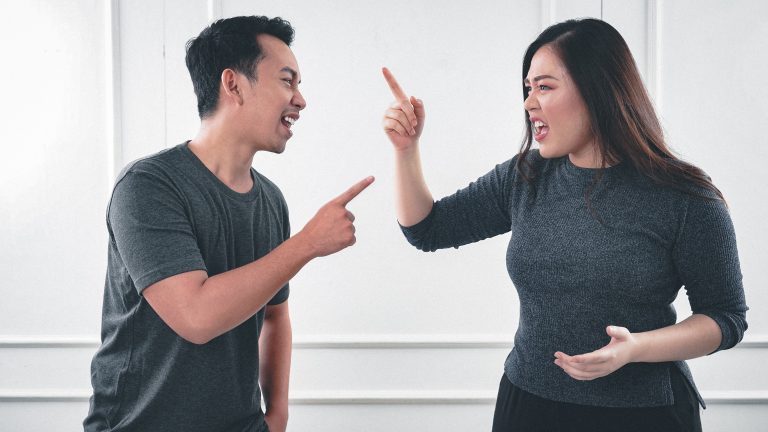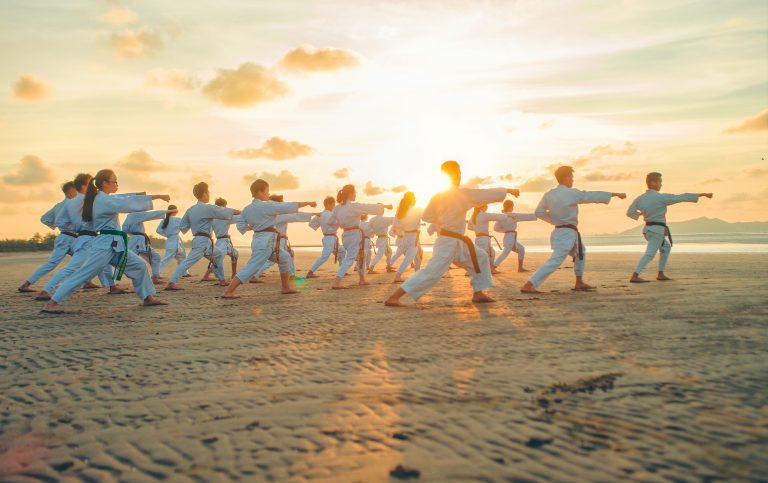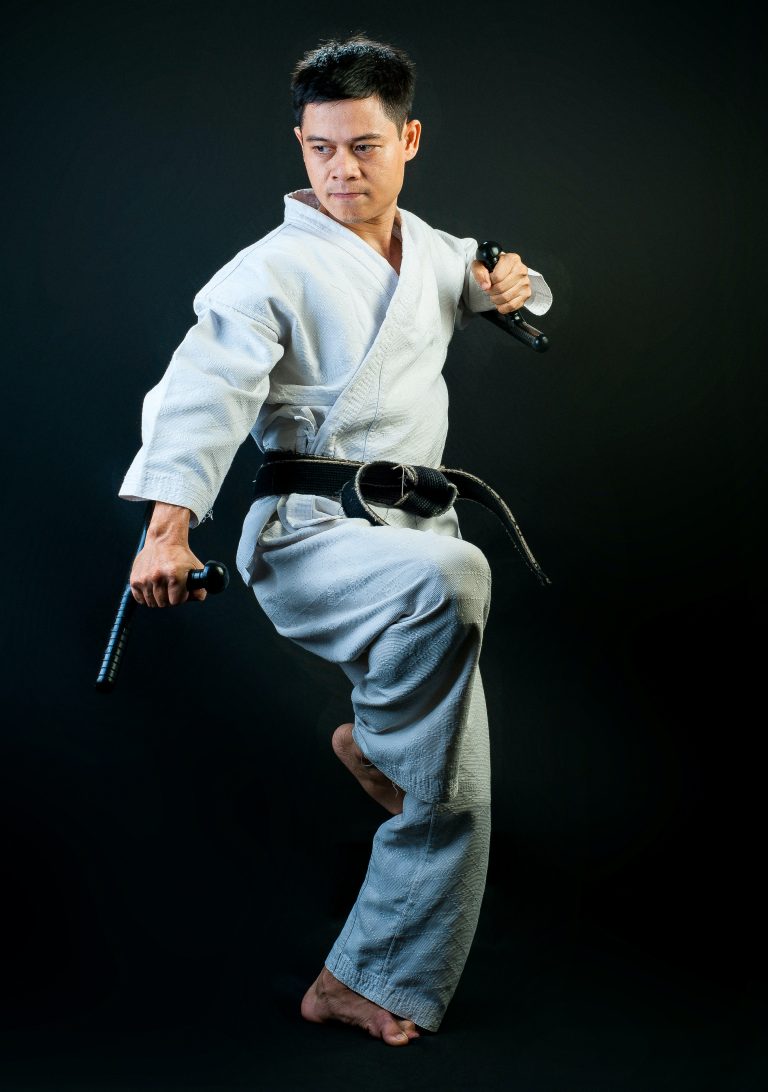Karate Training for Beginners – A Guide
Are you interested in starting your journey in the martial arts world with Karate? Karate is a popular martial art that emphasizes self-defense, discipline, and self-control. But if you are a beginner looking to start training in Karate, it can be intimidating and overwhelming. In this guide, we will take you through the basics of Karate training and help you start your journey.
The Benefits of Karate Training
Before we start with the training basics, let’s take a look at some of the benefits of Karate training.
– Improves physical fitness: Karate training involves a lot of physical activity, which helps improve strength, flexibility, and agility.
– Enhances mental discipline: Karate training requires focus, concentration, and self-control. It helps in developing mental discipline and can be helpful in managing stress and anxiety.
– Teaches Self-defense: Karate training helps you learn techniques that can be used in self-defense situations.
The Basics of Karate Training
Now that you know the benefits of Karate training, let’s dive into the basics of Karate training.
Choosing the Right Karate Style
Karate has different styles, and it’s essential to find the one that suits you best. Research the different styles available in your area, speak to instructors, and consider the type of training you want before deciding.
Finding a Good Instructor
Finding a good instructor is critical for any martial arts training. Look for an experienced instructor who is patient and willing to teach you the basics. Check for their certifications, and if possible, try to speak to their students to get an idea of their teaching style.
Training Gear
Karate training requires specific gear, such as uniforms, sparring gloves, and leg guards. Speak to your instructor for guidance on the gear you will need as a beginner.
Fundamental Techniques
Karate training involves learning several fundamental techniques. Some of the most important techniques for beginners include:
– Stances: These are the foundational positions in Karate. A solid stance is necessary for stability, balance, and power.
– Punches: Karate emphasizes strong, quick punches that are executed with proper form and technique.
– Kicks: Kicks in Karate can be high or low, and require flexibility, balance, and speed.
– Blocks: Blocking techniques are essential in Karate training to defend against strikes or kicks.
Basic Kata
Kata is a series of pre-determined movements that simulate a fight against imaginary opponents. It helps students develop muscle memory, focus, and precision. As a beginner, you will start learning basic kata that incorporate the fundamental techniques mentioned above.
Conclusion
Karate training requires discipline, commitment, and patience. But with the right mindset, training, and teacher, anyone can become proficient in Karate. We hope this guide has given you an idea of what to expect when starting Karate training. Remember, it’s essential to stay consistent and keep practicing to see progress.
Karate Training for Beginners – A Guide
Welcome to the world of Karate, an ancient martial art that originated in Japan. Karate is not just a sport or form of self-defense but a philosophy and a way of life that has gained global popularity. It is a great way to increase your fitness, confidence, and discipline. However, if you are new to Karate, you might have a lot of questions about training, equipment, forms, and more. In this guide, we have tried to answer the most frequently asked questions about Karate training for beginners.
1. What is Karate?
Karate is a traditional Japanese martial art that involves striking, kicking, and grappling techniques. It emphasizes the development of physical, mental, and emotional strength through the practice of katas, sparring, and self-defense techniques. It also focuses on building character, discipline, and respect for oneself and others.
2. What are the Benefits of Karate Training?
Karate training has numerous benefits for the body and mind, some of which include:
- Improved cardiovascular fitness
- Increased flexibility, strength, and stamina
- Better balance, coordination, and agility
- Enhanced focus, concentration, and self-awareness
- Improved self-confidence, self-esteem, and discipline
3. What Equipment is Required for Karate Training?
You don’t need much equipment to start Karate training. Here is a list of essential equipment items:
- Karate uniform or Gi – a loose-fitting jacket and pants made of cotton
- Belt – a colored belt that signifies your rank and progress
- Mouthguard – to protect your teeth during sparring
- Hand wraps – to protect your wrists and hands during striking
- Gloves – to protect your hands during sparring
- Shin guards – to protect your shins during kicking
4. What are the Basic Karate Techniques?
Karate techniques can be divided into four categories:
- Strikes – punches, strikes, chops, and knifehand strikes
- Kicks – front kicks, sidekicks, roundhouse kicks, spinning kicks, and jumping kicks
- Blocks – inward blocks, outward blocks, upward blocks, and downward blocks
- Throws and Joint Locks – takedowns, throws, and joint-locks
5. What is Kata?
Kata is a series of pre-arranged movements that simulate a fight against imaginary opponents. It is a way to develop techniques, balance, and coordination, as well as to cultivate mental focus and discipline. There are many different kata in Karate, each with its own set of movements and applications.
6. What is Kumite?
Kumite is a sparring practice where two students interact using pre-arranged or free-form techniques. It is an essential part of Karate training and enables students to apply their techniques and strategies against a real opponent.
7. How Long Does it Take to Learn Karate?
The time it takes to learn Karate depends on many factors, such as your age, level of fitness, dedication, and experience. Typically, it takes at least a few years to reach the black belt level, which is the highest rank in Karate. However, the journey is a lifelong one, and there is always room for improvement and mastery.
8. What Etiquette should be Followed in Karate Training?
Karate training is not just about physical techniques but also about cultivating respect, discipline, and etiquette. Here are some common etiquettes to follow in Karate training:
- Bow to the teacher and fellow students when entering or leaving the dojo
- Address the teacher and senior students as „Sensei“
- Follow the rules and regulations of the dojo
- Listen attentively to the teacher and avoid talking or distracting others
- Practice with humility and respect for others‘ safety and well-being
Conclusion
Karate training is a rewarding journey that can offer numerous benefits for the body, mind, and spirit. Whether you are a beginner or an advanced student, there is always something to learn and improve upon. By following the tips and guidance in this guide, you can start your Karate training with confidence and respect for the art and its practitioners.
Inhaltsverzeichnis






